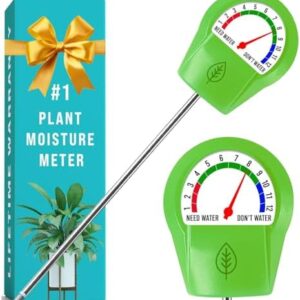Have you ever looked out at your garden and thought, “Wow, these plants could really use a trim”? Well, you’re not alone. Pruning is one of the most important tasks a gardener can do to keep their plants healthy and thriving. Not only does pruning help plants look neat and tidy, but it also has a myriad of benefits for their growth and flowering.
So, what exactly is pruning? Pruning is the act of cutting away dead, damaged, or overgrown branches and stems from a plant to encourage new growth. By selectively removing certain parts of a plant, you can improve its overall health and appearance. Think of it as a much-needed haircut for your plants!
One of the primary benefits of pruning is that it promotes healthy growth. When you prune a plant, you are essentially stimulating new growth by removing the old, dead wood. This allows the plant to redirect its energy towards developing new branches, leaves, and flowers. In essence, pruning helps plants focus their resources on producing new, healthy growth rather than trying to revive old, damaged branches.
In addition to promoting new growth, pruning can also improve the overall structure of a plant. By selectively removing certain branches, you can shape the plant to your desired form. This can be particularly useful for shrubs and trees that have become overgrown or unruly. A well-pruned plant not only looks more aesthetically pleasing but also has a stronger, more balanced structure that can withstand harsh weather conditions.
Furthermore, pruning can increase flowering and fruit production in plants. By removing dead or overgrown branches, you allow more sunlight and air to reach the inner parts of the plant. This, in turn, promotes the development of buds, flowers, and fruit. So, if you want your garden to be bursting with colorful blooms or delicious fruits, pruning is a must.
Another benefit of pruning is that it can help prevent the spread of disease and pests. Dead or damaged branches are more susceptible to infestation by insects and pathogens. By removing these weak points, you can reduce the risk of your plants falling victim to pests and diseases. Additionally, pruning encourages better air circulation within the plant, which can help prevent the growth of mold and mildew.
Pruning can also prolong the lifespan of your plants. By regularly pruning your garden, you can remove any diseased or damaged branches before they have a chance to spread and infect the rest of the plant. This can help extend the overall health and longevity of your plants, allowing you to enjoy them for years to come.
Now that you know all the amazing benefits of pruning, you might be wondering how to get started. The first step is to familiarize yourself with the specific pruning needs of each plant in your garden. Different plants require different pruning techniques, so it’s important to do some research before picking up those pruning shears.
When it comes to pruning, timing is key. The best time to prune depends on the type of plant you are working with. For most flowering shrubs and trees, late winter or early spring is the ideal time to prune, as this allows new growth to emerge in the spring. On the other hand, for summer-flowering plants, it is best to prune after they have finished blooming in the fall.
When pruning, always use sharp, clean tools to make clean cuts. Avoid tearing or crushing branches, as this can lead to further damage and disease. When making a cut, always prune just above a leaf node or bud to encourage new growth in that direction.
In conclusion, pruning is an essential task for any gardener looking to keep their plants healthy and thriving. By promoting new growth, improving structure, increasing flowering and fruit production, preventing disease and pests, and prolonging the lifespan of plants, pruning offers a myriad of benefits. So, next time you’re out in the garden, don’t forget to give your plants a much-needed trim – they’ll thank you for it with beautiful blooms and lush growth.






